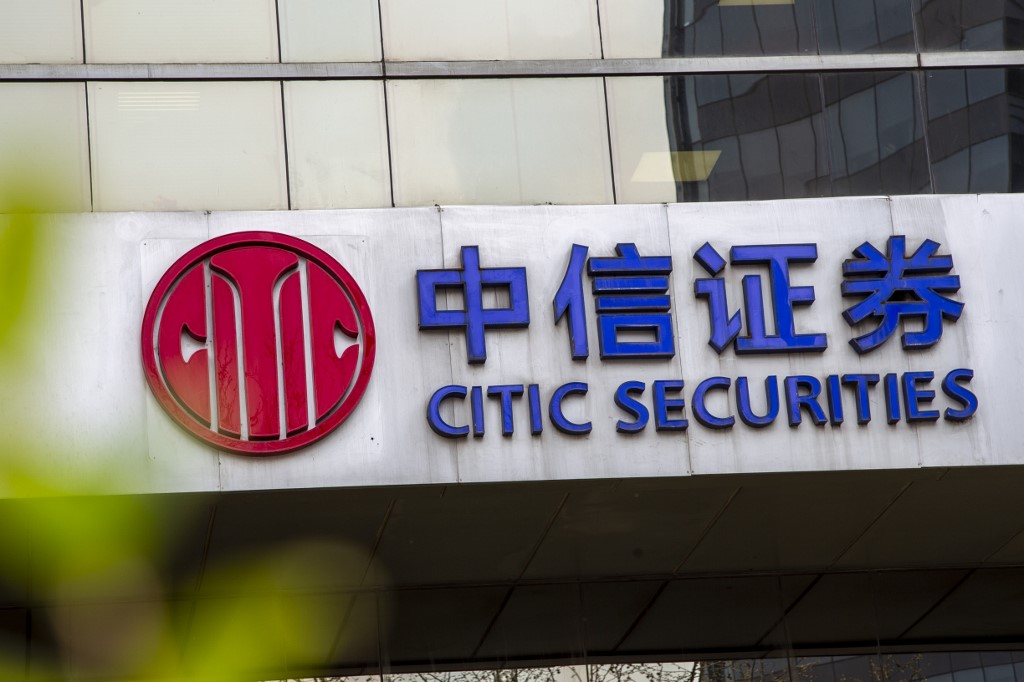(ATF) As conflict and strife continue in the Communist Party in China, it is thought that President Xi has taken full control of the financial sector, which would partly explain the rash of new laws and inquiries taking place in the country.
Citic Securities, with Wen Shu Ming Ming Bond Research Team, issued a detailed statement illustrating how they will follow the “seven main points” for this year’s second half.
Citic Securities said it was expected that the second half of the year, following the Polit Bureau’s edict, will see a combination of economic fundamentals restored, with a stable currency and tight credit.
Citic also said: “(We) don’t need to worry about the bond bear market for the time being, but it is expected that interest rates will not get rid of the volatile market.”
Citic’s bond market strategy is basically in line with expectations. The gradual phasing out of the focus on traditional infrastructure and real estate may lead to a smoother restoration of economic fundamentals. Under the combination of a stable currency and tight credit, the bond market will take care of itself. So, there is no need to be overly pessimistic.
Medium and long-term issues in focus
Citic says it is focused less on the impact of the “short-term” epidemic, and looking at medium and long-term issues after the economy returns to normal. It stressed the cross-cycle adjustment of macro-control to achieve a long-term balance between stable growth and risk prevention. This has also led to a rapid rise in leverage and an increase in housing prices against a background of ultra-loose liquidity and credit provision earlier this year. Revisiting the issue of risk prevention also partly fulfils early market expectations that policy would be difficult to be any looser, and the second half should see a combination of improving fundamentals and policy withdrawal.
Citic did not elaborate on government financing, which expanded significantly compared to the same period last year, but shifted the focus to the efficiency of fund use. “We must guarantee funds for major project construction and focus on quality and efficiency,” it said. The probability of a proactive fiscal policy is sufficient, but it was difficult to see further stimulus. In the first half of this year, fiscal revenue fell sharply by nearly 11% year-on-year, and fiscal deposits were significantly higher than the same period last year, indicating that fiscal funds need to be used faster.
The monetary policy had returned to a flexible and appropriate level, and policies such as RRR cuts and interest rate cuts were no longer required. Instead, “precise guidance” should be adopted. Although the currency statement had tightened margins, currency adjustment actually preceded the policy statement. Judging from the central bank’s recent liquidity operations, the current funding level had basically been adjusted, and there were still goals to promote a significant decline in comprehensive financing costs. Citic judged that monetary policy would remain stable in the medium term.
Meanwhile, wide credit is approaching an inflection point, and structural credit will be inclined to manufacturing and SMEs, as there is a need to increase the money supply and the scale of social financing. The return to normality of the previous monetary policy had taken steps to tighten the margin of money supply ahead of schedule. The inflection point in the growth of credit and social financing in the second half of the year was also in line with Citic’s previous judgments. The overall level of wide credit had ushered in an inflection point, and the structural level would shift to manufacturing and SMEs, with a return to structural monetary and credit easing.
The general direction of real estate remains unchanged and demonstrates the determination of the policy to implement a long-term real estate mechanism. The recent tightening of real estate policies in many places is a direct result of the excessively rapid rise in housing prices in June. Real estate occupies an important weight in the wealth allocation of Chinese residents, and is also an important downstream demand for major industrial products. The steady development of the real estate market is an important link in balancing “steady growth” and “risk prevention”. The policy thinking is already clear; the most direct impact of real estate regulation may be a marginal reduction of mortgage loans and residents’ credit, and the growth of credit and social financing is expected to be affected to a certain extent.
Citic said: “Maintaining a reasonable growth of money supply and social financing” implies that after economic production returns to normal, credit growth will match economic growth. It is expected that the expansion of the macro leverage ratio will slow down rapidly in the second half of the year, and the year-on-year growth rate may flatten or fall slightly. There should be a counter-cyclical response to short-term shocks and reform to promote long-term development.
“Capital market reform is an important part of the financial system’s role in supporting the real economy. It will help market prosperity in the long run.”
























